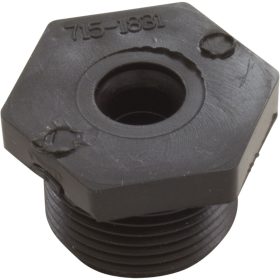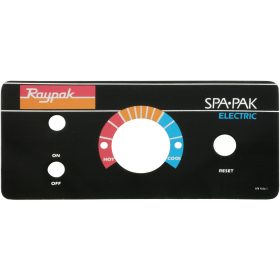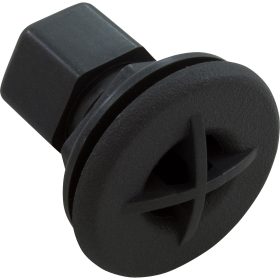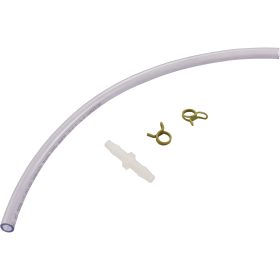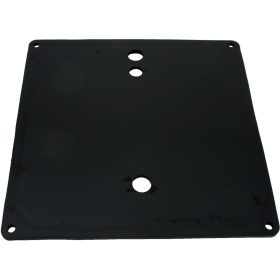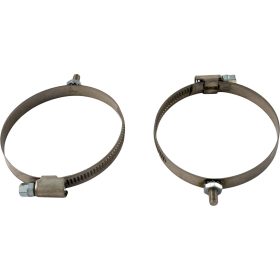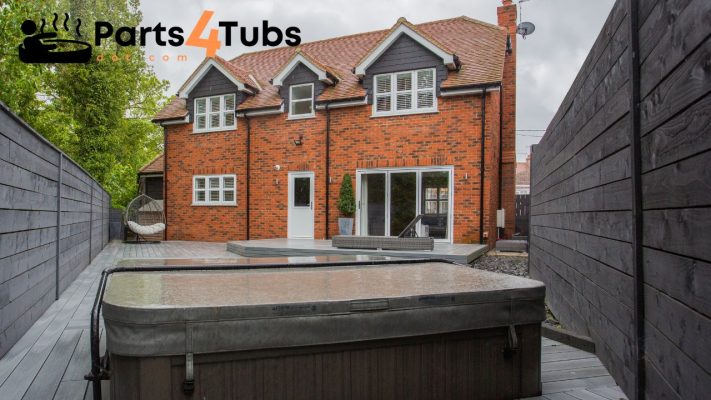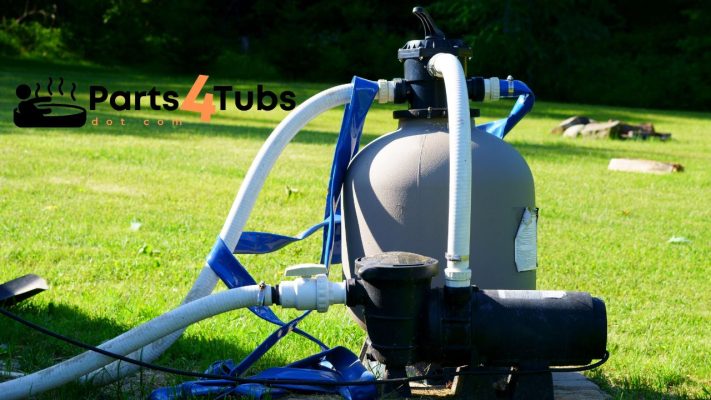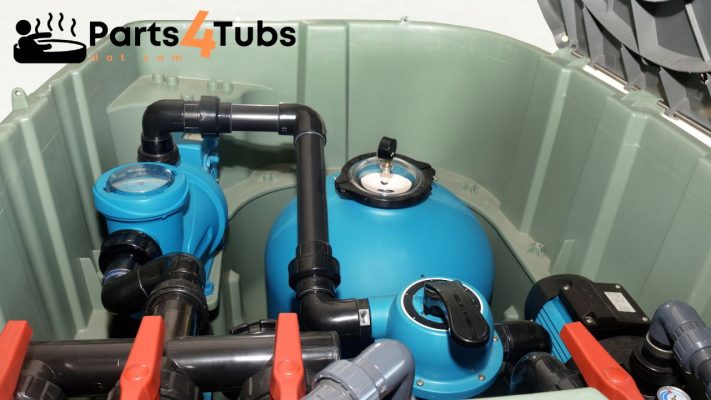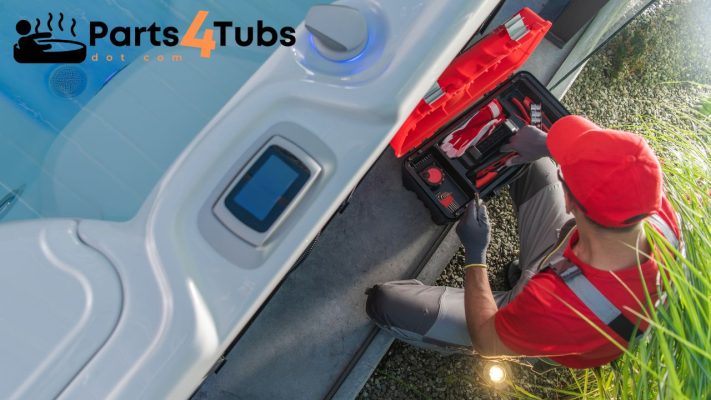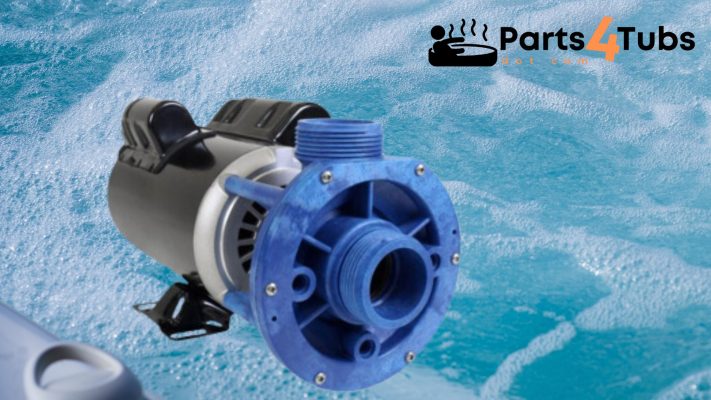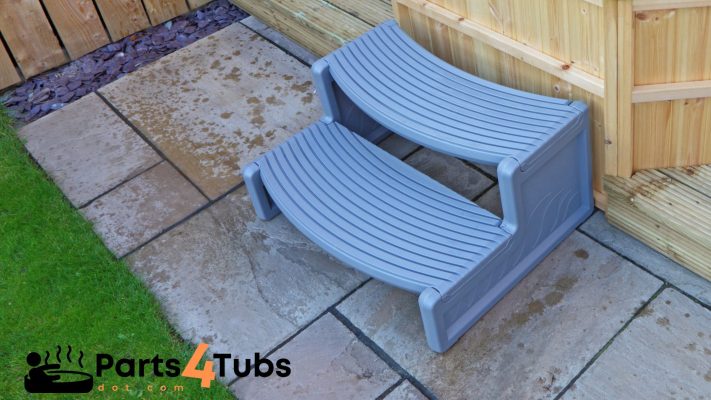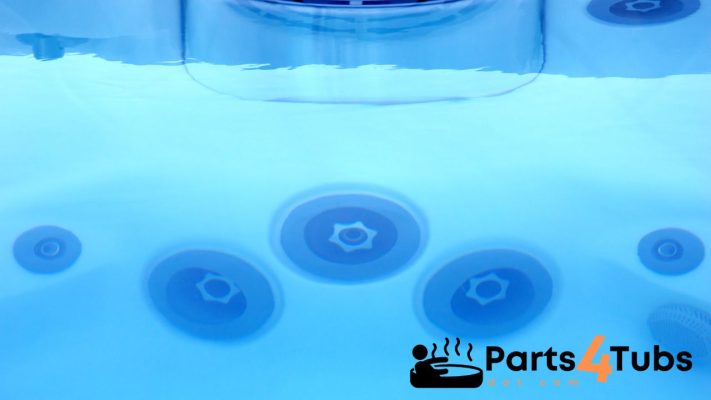Hot Tub Parts Related
How Hot is a Hot Tub?
How hot is a hot tub? Good question! The typical temperature range for a hot tub is between 100°F to 104°F (37.8°C to 40°C). However, some hot tub users may prefer temperatures slightly below or above this range based on their personal preferences and comfort levels.
It’s important to note that hot tub temperatures can vary based on individual factors, such as the air temperature, climate, and user preferences. Additionally, some hot tubs come with temperature control settings that allow users to adjust the water temperature to their liking.
While 104°F is a commonly recommended maximum temperature, it’s crucial to use hot tubs responsibly and avoid staying in extremely hot water for prolonged periods to prevent overheating or dehydration. It’s always a good idea to consult the hot tub manufacturer’s guidelines and follow safety recommendations for the best hot tub experience.
Check out my Blog here
Check out my YouTube Channel Here
How hot is a hot tub?; Can I heat above 104°F?
It is generally not recommended to heat a hot tub above 104°F (40°C) due to safety concerns and the built-in safety features of the hot tub heaters. Most hot tub heaters come with an automatic cut-off feature that prevents the water from exceeding the recommended maximum temperature.
Heating a hot tub above the recommended temperature can pose serious health risks, such as overheating, dehydration, and even heat stroke. Prolonged exposure to extremely hot water can also cause skin irritation and discomfort.
To ensure a safe and enjoyable hot tub experience, it’s essential to adhere to the manufacturer’s guidelines and not attempt to heat the water above the recommended temperature. Always use the hot tub responsibly, and if you have any questions or concerns about the hot tub’s operation or temperature settings, consult the manufacturer
How hot is a hot tub?; What is the best temperature?
The best temperature for a hot tub is generally considered to be around 100°F to 102°F (37°C to 39°C). This temperature range provides a comfortable and relaxing experience for most people. However, the ideal temperature can vary based on individual preferences and external factors.
Here are some factors to consider when setting the hot tub temperature:
Personal Comfort:
The right temperature is subjective and varies from person to person. Some may prefer a slightly cooler temperature, while others enjoy a hotter soak. Experiment with different temperatures to find what feels most comfortable for you.
Weather:
In colder climates or during winter months, a higher hot tub temperature might be more appealing to counter the chilly air. Conversely, in hot climates or during the summer, a slightly lower temperature might be more refreshing.
Health Considerations:
People with certain health conditions, such as cardiovascular issues or pregnancy, should consult with a healthcare professional before using a hot tub and adhere to lower temperature recommendations for safety.
Soaking Duration:
If you plan to spend an extended period in the hot tub, a lower temperature may be preferable to avoid overheating.
Energy Efficiency:
Higher temperatures will consume more energy to maintain. If energy efficiency is a concern, consider setting the temperature closer to the lower end of the recommended range.
Always follow the manufacturer’s guidelines and safety instructions when adjusting the hot tub temperature. Additionally, remember to keep the hot tub covered when not in use to retain heat and conserve energy.
Heater Jumper Strap,BALBOA,M1,Element To PCB(Copper) Heater to PCB | ||
Cables, Heater, VS/EL/SUV, 4", 10AWG, Element to PCB, Pair | ||
Heater Jumper Strap,BALBOA,EL/VS,Element To PCB(Copper) | ||
How hot is a hot tub?; What is the best way to heat a tub?
The best way to heat a hot tub and economize on running costs is by using a moderate holding temperature when the hot tub is not in use and then taking it up to the desired temperature only when you want to use it.
Here’s how this method works:
- Moderate Holding Temperature: Instead of keeping the hot tub at the maximum temperature (e.g., 102°F), you can lower it to a moderate holding temperature (e.g., 95°F to 100°F) when the hot tub is not in use. This lower temperature helps to conserve energy and reduces the amount of heat loss from the water.
- Heating Before Use: When you plan to use the hot tub, you can turn on the heater and bring the water up to the desired temperature just before you want to get in. This ensures that the hot tub is at the perfect temperature when you’re ready to relax and enjoy it.
Benefits of this approach:
- Energy Efficiency: Maintaining a moderate holding temperature consumes less energy than keeping the hot tub at the maximum temperature continuously. This can lead to significant cost savings on your energy bills.
- Reduced Heat Loss: Lowering the temperature when the hot tub is not in use minimizes heat loss, especially during colder periods. Less heat loss means the hot tub’s heater won’t have to work as hard to maintain the temperature.
- Extended Heater Lifespan: Running the heater less frequently and at lower temperatures can help extend the lifespan of the heating element, reducing the need for repairs and replacements.
- Environmental Impact: Reducing energy consumption has a positive impact on the environment by lowering greenhouse gas emissions.
To implement this heating strategy effectively, it’s important to use a hot tub with a programmable control system or a timer. This way, you can set the desired holding temperature and schedule the hot tub to start heating a few hours before you plan to use it.
As with any adjustments to hot tub temperature, always ensure that the water is at a safe and comfortable level for soaking. Follow the manufacturer’s guidelines and safety recommendations when operating your hot tub.
Happy Hot Tubbin’
Andi
Can I Help You?
If I can help you in any way I would love to hear from you. You can get in touch using the form below.
Thanks - Andi


